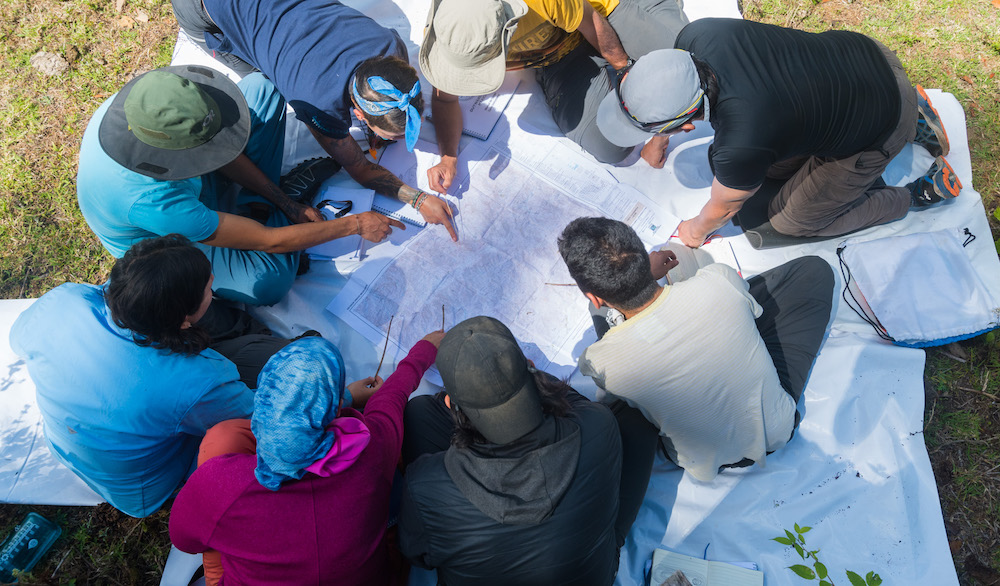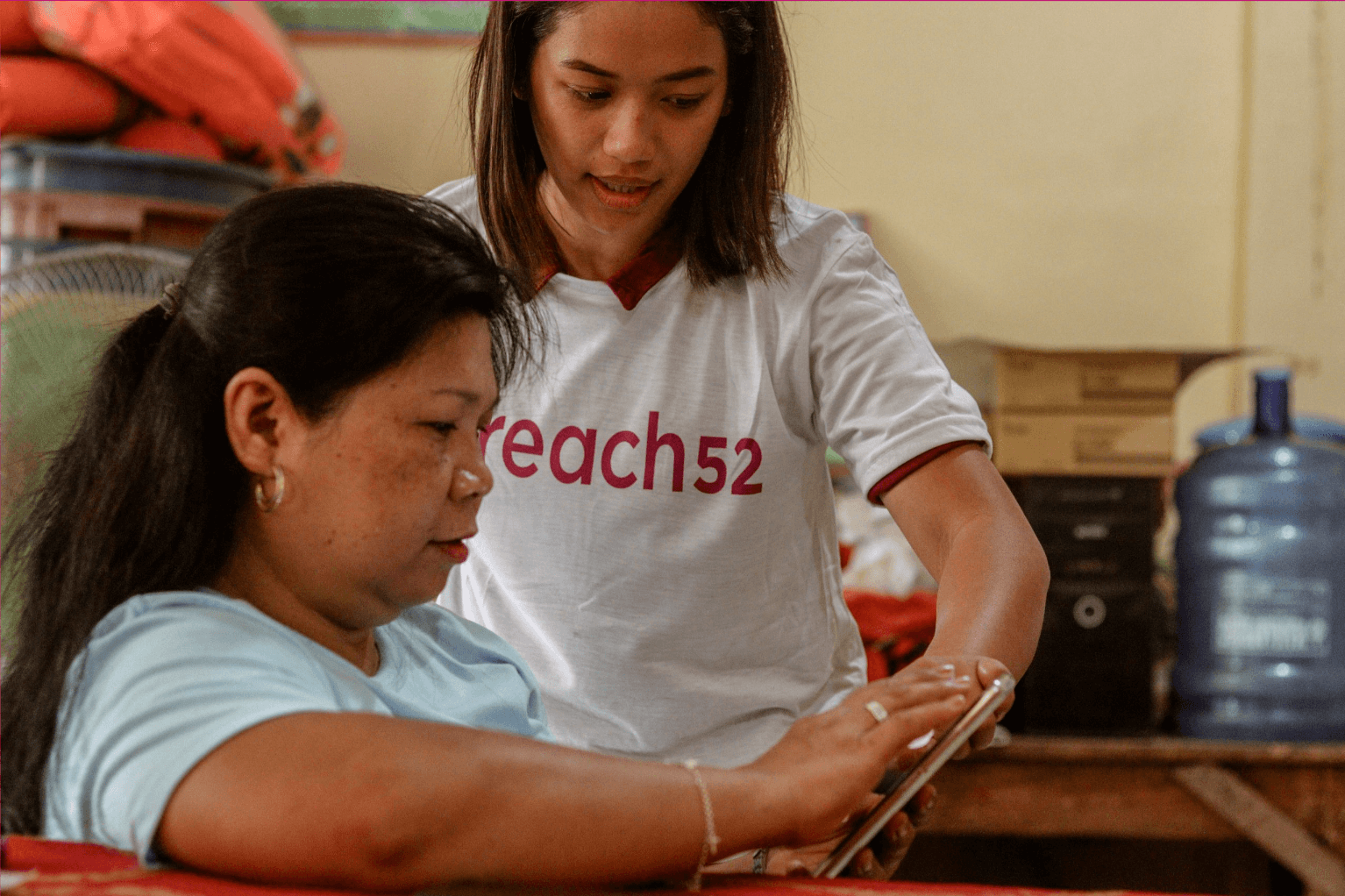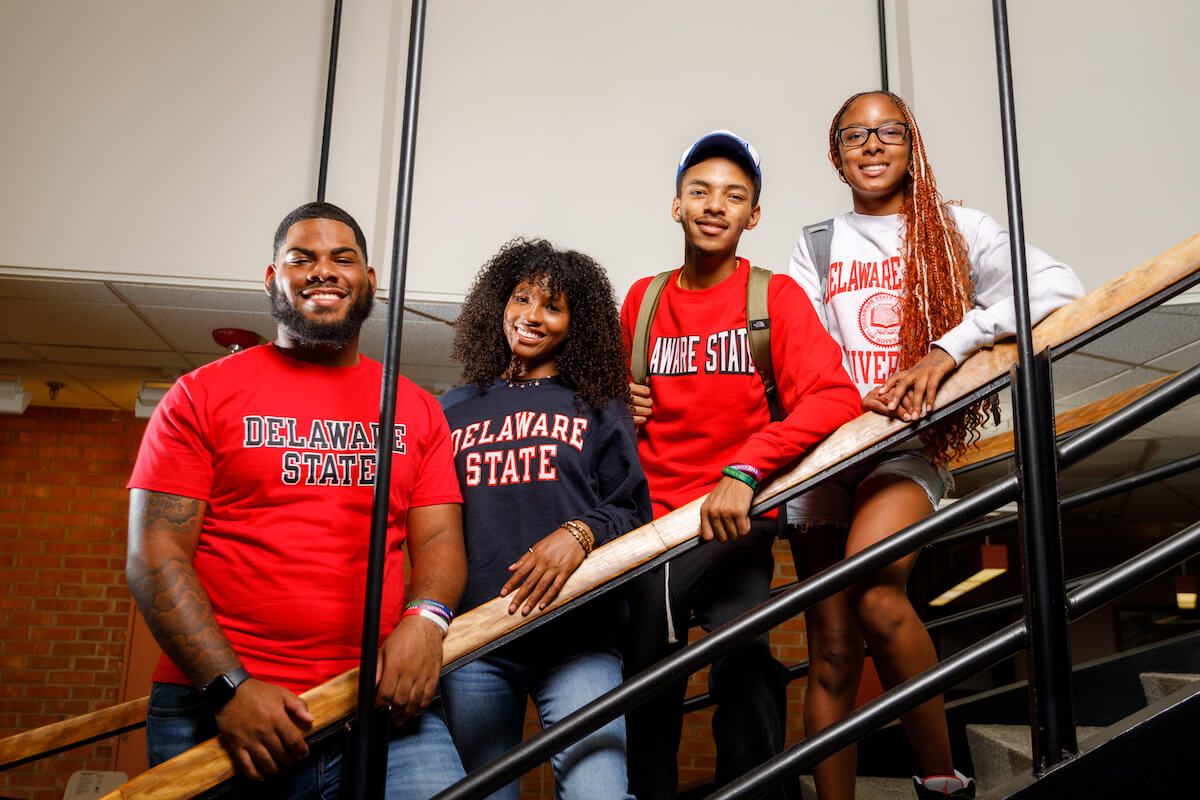ImpactAlpha, April 21 – The theme of this year’s Earth Day is “Invest in our planet.” We’ve all heard the argument: governments, NGOs, and the private sector all need to work together to make progress in conserving the environment and combating climate change, since they each bring their own strengths to the fight.
What’s often missing in that argument, however, are the people.
Over half of the world’s land is managed at the community level, and a third of Earth’s remaining intact forest is found on indigenous land. However, they receive less than 1% of official development assistance (ODA) for climate change and less than 5% for general environmental protection.
When it comes to climate finance, we know even less about the amount of funding that reaches local communities. Most governments and international funders don’t track or report finance for locally led climate adaptations, but some estimate that less than 10% is directed at the local level.
We need a better approach to climate finance, one that centers on the people who live on and manage the world’s most precious resources. We can look to the concept of sustainable landscapes for inspiration: working from the ground up, rather than the top-down, to give more power to local communities in balancing what’s best for the environment and human well-being.
Here in Mexico, over half the land is owned by indigenous peoples and local communities. Cooperatives of community members manage natural resources and bring them to the market – from avocados to cacao to coffee. Some have been in place for decades, yet very few of them have seen any benefit from climate finance.
Market gaps
For most producers, access to climate finance, which was estimated at $5.25 billion for Mexico in 2015-2017, is elusive. As a result, landscapes like the ones where we are working in southeastern Mexico have been historically undervalued due to market gaps – such as lack of access to markets, regulatory or policy challenges, and knowledge gaps – which distort farmers’ incentives to manage land sustainably.
Cooperatives aren’t your typical “investee.” They aren’t entrepreneurs or enterprises seeking growth capital. While cooperatives are businesses, they are structured as membership organizations that cannot take on outside shareholders. Therefore, most financing available to them is limited to member contributions or debt, often provided through intermediary banks and with strict requirements for collateral, which can make such funding inaccessible.
We need to better understand how to align climate finance with these organizations’ needs, and to think outside the box to develop tools and resources to help them use it to scale and grow. They would benefit from technical assistance, but often on topics such as improving production volumes, in addition to general business administration support or assistance pitching to investors.
It might mean helping these cooperatives attain environmental certifications or providing specific expertise on soil regeneration or reforestation, activities that are important to their business models but not as often a match with financing opportunities, since these costs aren’t necessarily built into the value chain. Finally, they are often more informal, with little to no web presence – at most just an out-of-date Facebook page, which could make them seem less established or more risky.
Tailored support
Luckily, there are initiatives being implemented to help overcome these specific barriers and provide more tailored support. For example, SVX Mexico is working with Conservation International Mexico and other partners on a U.S. Agency for International Development (USAID)-funded project called Sustainable Landscape Ventures, which aims to develop sustainable, inclusive, and investment-ready value chains in selected landscapes in Mexico. One of the biggest elements of this project is a blended finance engine that provides services specifically to these cooperatives, rather than at the producer level.
The first cooperative that went through this engine, a producer group representing more than 124 families in Oaxaca, had requested financing for capital expenditures and working capital to improve their production line processing. But we discovered they also needed some technical assistance to help with their business administration and an industrial engineer to support the production line improvements. So, in the end, we’re connecting them with one lender for the capital expenditure, another lender to finance short-term working capital, and donors to fund the technical assistance.
That’s just one example. Much more collaboration is needed to meet the specific needs of these landscapes and help achieve Mexico’s environmental commitments, such as conserving 30% of its land by 2030. With support from USAID INVEST, we recently conducted focus groups and a mapping of sustainable landscape stakeholders in southeastern Mexico. In the end, we identified more than 684 diverse stakeholders working in these landscapes, from producers and processors to donor agencies, NGOs, and academic institutions.
The exciting thing about the mapping, beyond what it confirmed to us about strong local governance and the opportunities to support local communities, is that it is helping to spur more collaboration. The database isn’t just for USAID – the organizations who provided information also get to access the directory, so all of these groups who are committed to success in these landscapes can work even more closely together going forward.
Perhaps most importantly, it helps us to identify those organizations that, with a little assistance, could have an outsized impact with a little bit of support.
Take the example of the Comon Yaj Noptic cooperative. Founded in 1995, it comprises over 160 organic and fair trade coffee producers in Chiapas. It has been strategic in pursuing partnerships, certifications, and governance models to ensure its success; incorporating producers and local families into all decision-making processes and promoting strong and transparent rules for being part of the cooperative.
The collective initially sold its coffee primarily to AMSA, a large Mexican agro-industrial company, but switched its focus to selling directly to consumers outside of Mexico—from the United States to Japan. The higher prices that it now can attract have allowed the cooperative to make more strategic decisions around its environmental and social impact. It has been able to decline subsidies that do not align with its purpose, maintain a fund to provide small amounts of cash to its producers for unexpected costs, such as for health issues, and it even began a bird monitoring program to help scientists understand the impacts of climate change on local species.
Imagine how many other Comon Yaj Noptics there could be if we channeled climate finance into finding these organizations and providing them with the right support. In the race against climate change, their ability to both support their communities and protect the environment, benefiting us all, may be one of our biggest assets— and one we need to make sure to invest in.
Stevie Smyth Valdez is executive director of SVX Mexico. Mauricio Martinez Miramontes is partnerships coordinator at La Mano del Mono.











